The Red Valley Cusco isn't narrated, it's experienced. From the first step, the crimson soil envelops you as if the earth had stored the fire of time just to show it to you. As the Andean wind guides you between ancient mountains, the path reveals a landscape so striking it seems unreal. Do you dare to experience it?
Discover the origin and secret of the Cusco Red Valley
The Red Valley Cusco isn't just a stunning landscape; it's an experience that connects you with ancient Inca trails, villages that still preserve their essence, and mountains that seem painted by time. Each section reveals something new: from its scarlet color to its history hidden beneath the ice. If you're planning your trip to Cusco, discover how to visit with or without tours, during the best season, and without overspending. Ready to live this experience?
What is the Red Valley in Cusco?
This valley is a nearly flat natural channel, red mountains Peru surround and encircle its unique landscape. It was formed by the Ausangate glaciation, which is why it preserves ancient traces in every corner. Furthermore, the locals call it Puka Pampa, which in Quechua means "red plain." Its reddish soil undoubtedly makes it a place that amazes at first glance.
What makes the Cusco Red Valley special?
It is characterized by the intense reddish hue of its soil, which clearly distinguishes it from other rainbow valleys Peru. Its value is not only natural, as it is part of the ancient Inca pilgrimage route to Apu Ausangate. Important ceremonies were held there for centuries. Today, its proximity to Vinicunca Mountain makes it a must-see stop.
Why is it red?
The valley's red color is no coincidence, as it comes from the oxidation of minerals that settled in the area over millions of years. Moreover, this natural process was made possible by the passage of time and the unique conditions of the Andean soil. Therefore, each section reflects a surprising geological history. Thus, walking here also means understanding how the Earth transforms.
Where is the Red Valley located?
It is located 100 km southeast of Cusco, in the Pitumarca district of the Canchis province. After a two-hour drive, you'll reach the Red Valley Cusco, which rises to over 5,000 m above sea level. It's also just 7 km from the town of Pitumarca and very close to the Rainbow Mountain. For all these reasons, it's an ideal stop for those seeking adventure and unusual landscapes.
How to get to the Red Valley?
You have several ways to get to the Red Valley from the city of Cusco.
On your own
From Cusco, go to the bus terminal Huayruropata Avenue and take a bus to Sicuani. Get off in Pitumarca after a two-hour trip that costs between 10 and 15 soles. From there, take a collective bus to the community of Japura for 20 to 30 soles. Then, begin a hike of approximately 1 to 2 hours to the valley. This route, in addition to being economical, is the most popular among travelers.
Through an organized tour
In Cusco, several agencies organize tours to the Cusco Red Valley that include transportation, a guide, and meals. Therefore, choosing this option allows you to travel with peace of mind from the start. You'll also enjoy several benefits that make the experience even more complete:
From the Mountain of Seven Colors (Vinicunca)
Once you reach the top of Rainbow Mountain, you can easily continue on to Red Valley. Just take the marked trail located right there and continue walking. The journey is short, taking between 20 and 30 minutes. For this reason, many travelers choose to visit both places in one day.
History of the Red Valley in Cusco
The wonders of the climate
Did you know that Cusco Red Valley is located in the Vilcanota mountain range, very close to the Ausangate snow-capped mountain, the fifth-highest mountain in Peru. Initially, this area was a natural freshwater reserve. However, over time, the thawing of the ice revealed its intense reddish color, once covered by ice and snow. Today, this erosive valley demonstrates how climate change is transforming the Andean landscape.
Geological origin of the Red Valley in Cusco
Its creation belongs to ancient geological formations called Vilquechico -Inferior and Muni, created millions of years ago, during the Early Paleocene. Initially, its base was formed with dark red quartzose and arkosic sandstones. Later, layers of fine siltstone, quartz, calcite, and hematite were added, giving its color even more intensity.
Secrets of the Red Valley in Cusco
The intense red color of its soil evokes tension, and it's no coincidence. This hue forms in a shallow environment, where the oxidation of minerals like iron and manganese transforms the earth over time. Its composition also includes sandstone, quartz, silt, shale, and limestone. Therefore, every step you take reveals the landscape of the Cusco red valley, steeped in history beneath your feet.
Ancestral route of the red valley between the mountains, the jungle, and the sky
In ancient times, the Red Valley not only connected landscapes but also linked history as part of a trade route between the colorful mountains in Peru and the jungle, heavily traveled by settlers who traveled to Paucartambo to exchange goods. It was also part of the sacred path followed by the Incas on their pilgrimage to Apu Ausangate. According to belief, souls crossed this valley before reaching the Red River and ascending the snow-capped mountains as part of their purification. Priests also traveled through it to bring offerings and ask for abundant water for the nearby fields.
At the moment
Today, the Red Valley Cusco is part of a new tourist route that connects the Rainbow Mountains with the Ausangate snow-capped mountain. More and more travelers, both Peruvian and foreign, are visiting it for its natural beauty and the challenge it offers to those who enjoy trekking.
What to see in the Red Valley in Cusco
Reddish Landscape
Reddish hills with green or yellow contrasts, with snowy mountain backdrops.
Panoramic Views
Unforgettable sunrises and evenings.
Rivers and streams
Watercourses with reddish tones, where the famous Red River stands out.
Flora and Fauna
You'll see llamas, alpacas, condors, and plants typical of the highlands along the way.
Recommendations for a safe trip
What to bring to this red valley Peru?
- Rain jacket: The weather changes quickly, so it's best to be prepared.
- Trekking boots and poles: The terrain is uneven, so you need good grip and support.
- Hat, gloves, and sunglasses: cold and sun go together at altitude, don't underestimate them.
- Sunscreen and repellent: The sun burns more than it seems, and insects don't give you any warning.
- Sufficient water: at least 1.5 liters per person, prevention is always better.
- Energy snacks: Bring something practical like dried fruit, bars, or chocolate to keep you energized during your hike.
Safety Tips
- Acclimatize for at least two days in Cusco before hiking.
- Always check the weather before you go out.
- Travel with a guide or someone who knows the route well.
- Avoid strenuous efforts if you are not adapted to altitude.
Ticket and entrance fee to the Red Valley
- General rate: 10 soles.
Climate of the Red Valley
The climate of the Red Valley is cold and dry, with temperatures ranging from 7°C to 12°C during the day and dropping to 0°C at night. Furthermore, the year is divided into two distinct seasons.
Rainy season
It runs from January to March and from November to December, when the rains intensify the color of the red river.
Dry season
It starts the month of April to October, with clear days, ideal for walking and enjoying the scenery without interruptions.
Recommended time to visit the Red Valley
Dry season
Mainly between May, June, and July, when there's almost no rain. Therefore, during these months, the trails become safer and more accessible. Furthermore, the clear skies make it easier to enjoy the scenery. It's undoubtedly an ideal time for uneventful hiking.
Red Valley Tour in Cusco: Which One to Choose?
When choosing a tour, consider:
- Duration: Most tours last a full day, starting early and returning in the afternoon.
- Includes: Make sure the service covers transportation, tickets, a guide, breakfast, and lunch.
- Group: Choose between a group or private tour, depending on how you prefer to travel.
- Price: Costs vary depending on the services included.
Advantages of a tour:
- Convenience: Includes round-trip transportation from Cusco, so you don't have to worry about transportation.
- Expert Guide: During the tour, you'll receive clear information about the geography, culture, and environment of the place while any questions are answered.
- Safety: Guides carry a first aid kit and are prepared to respond in case of altitude sickness or other unforeseen events.
- Efficiency: We combine the Red Valley with nearby destinations like Rainbow Mountain to make the most of your day.
Places near the Red Valley that you can visit
- Red River: stands out for its intense color, especially visible during the rainy season.
- Rainbow Mountain (Vinicunca): one of the most visited destinations in Cusco, a short distance from the valley.
- Nevado Ausangate: ideal for those looking for more demanding trekking routes.
Others similar to the rainbow mountain
If you've already visited Vinicunca and want more, there are other similar colorful mountains in Peru that will also surprise you.
- Palcoyo Colored Mountains
- Pallay Rainbow Mountain Punchu.
“...Walking through the Red Valley in Cusco is like admiring a landscape that time has so jealously guarded. Its intense hues, ancient paths, and natural vistas leave you amazed and unfiltered. If you're looking for something peaceful and authentic away from the hustle and bustle of the city, this place is perfect for you…”

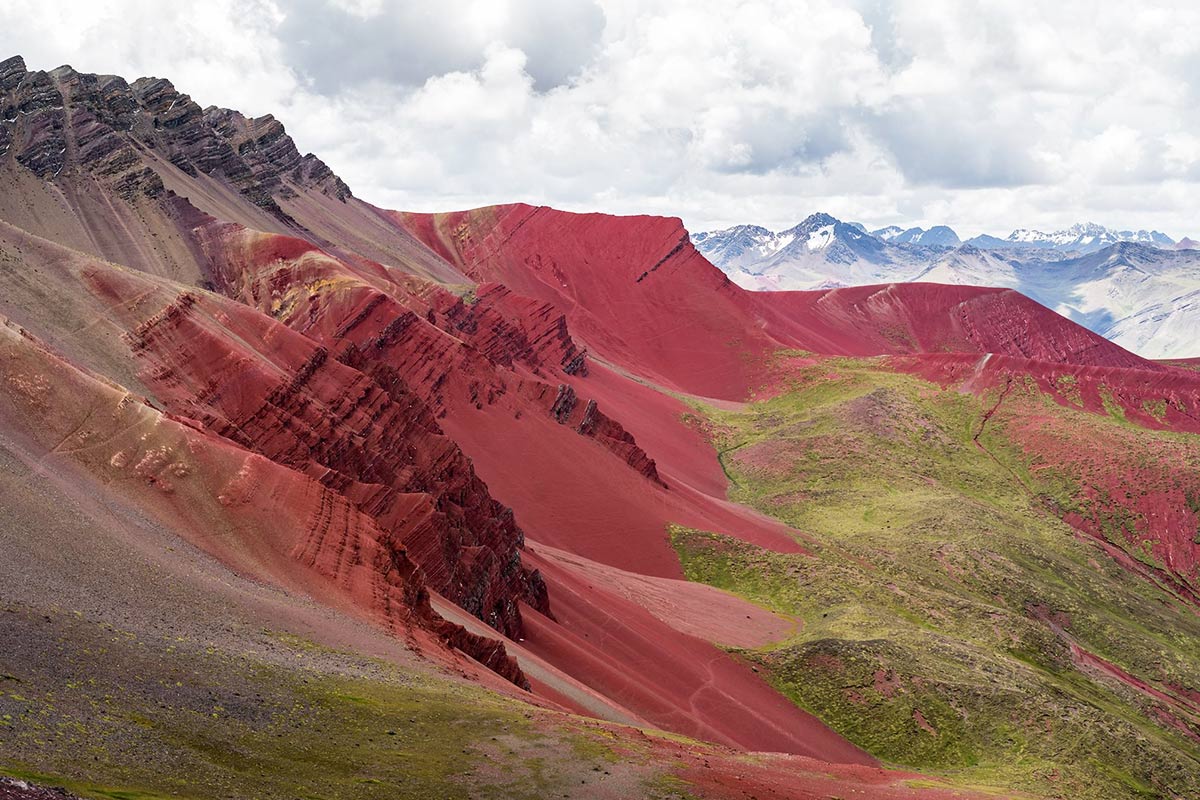
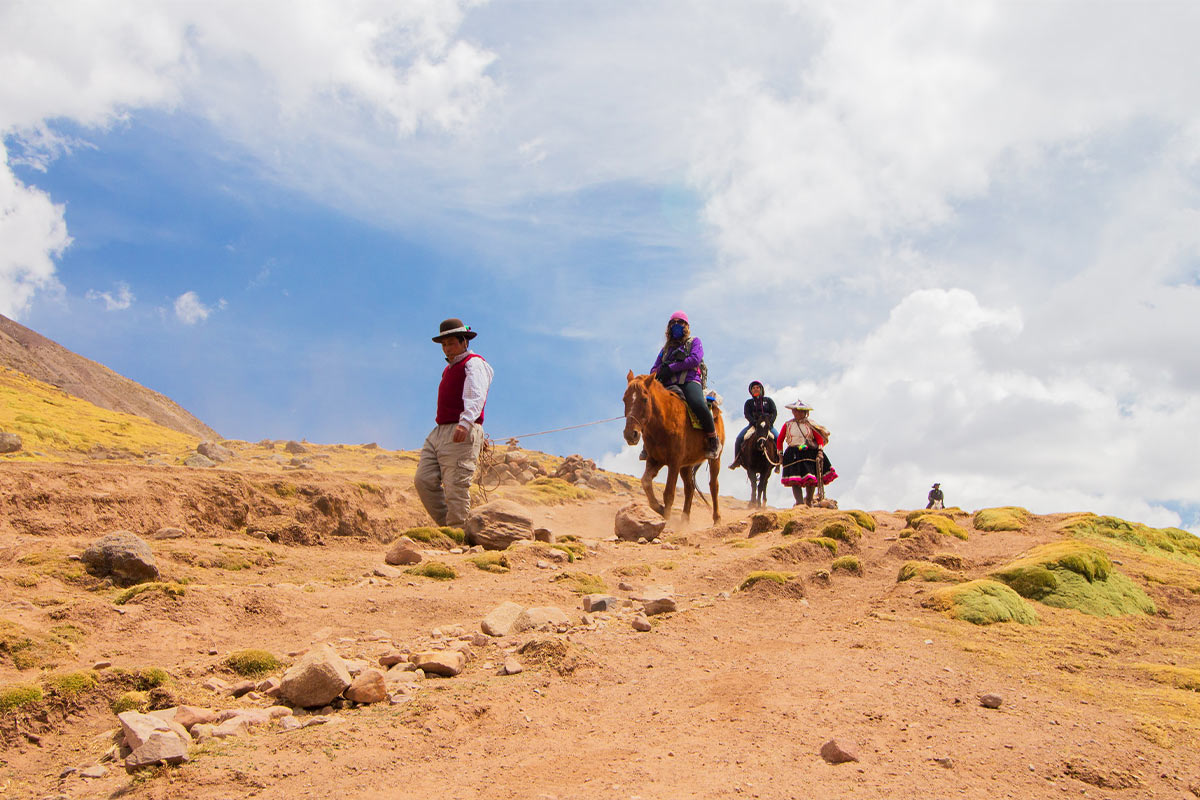

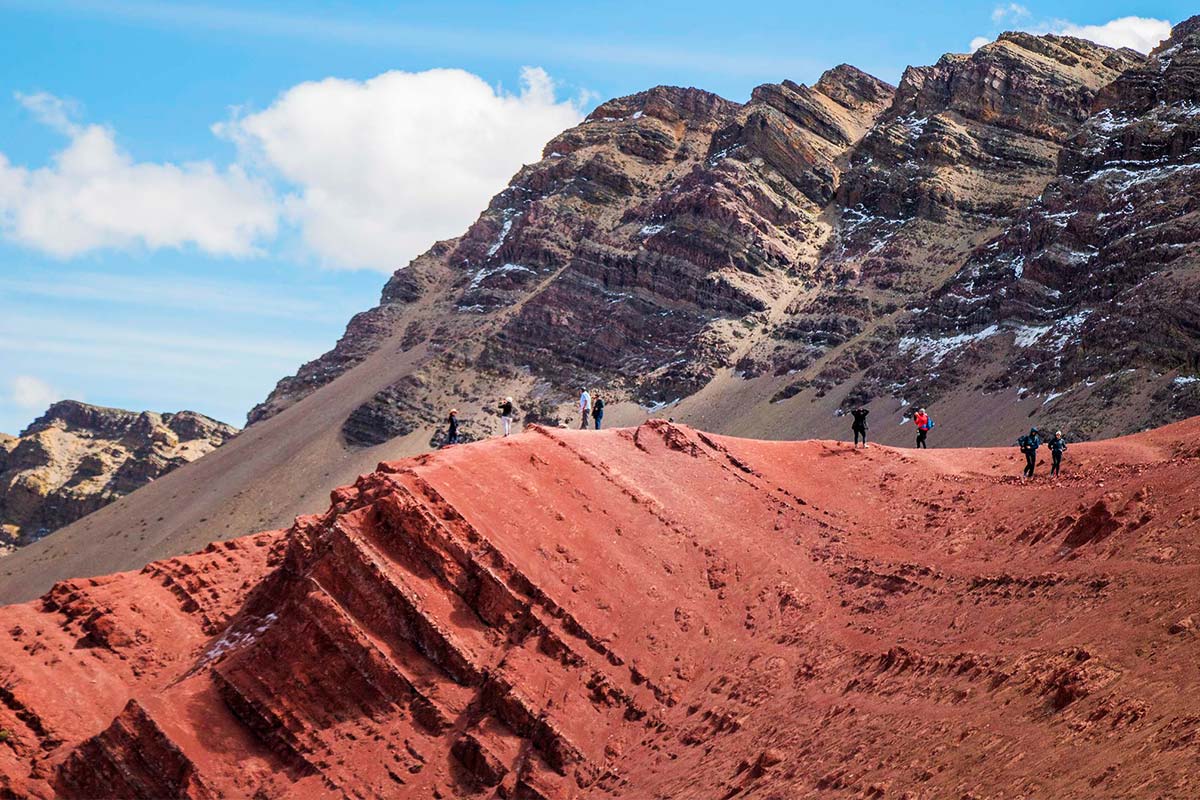
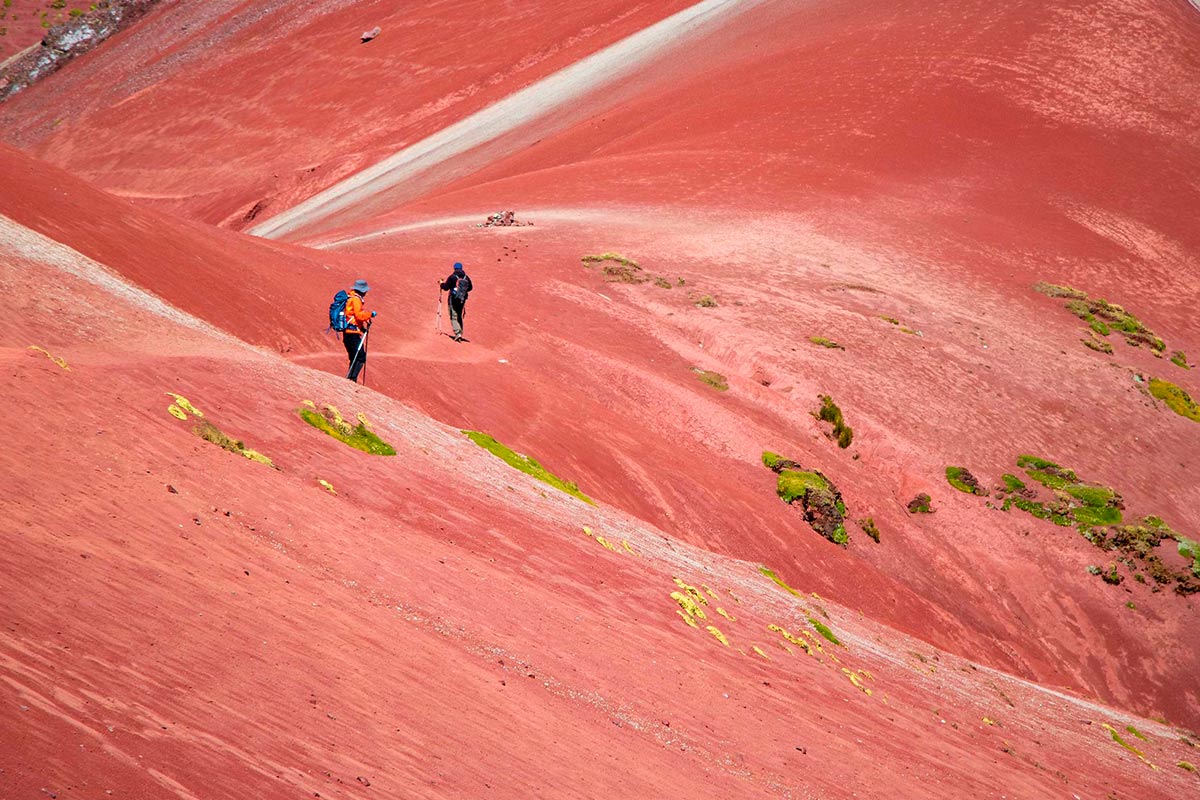

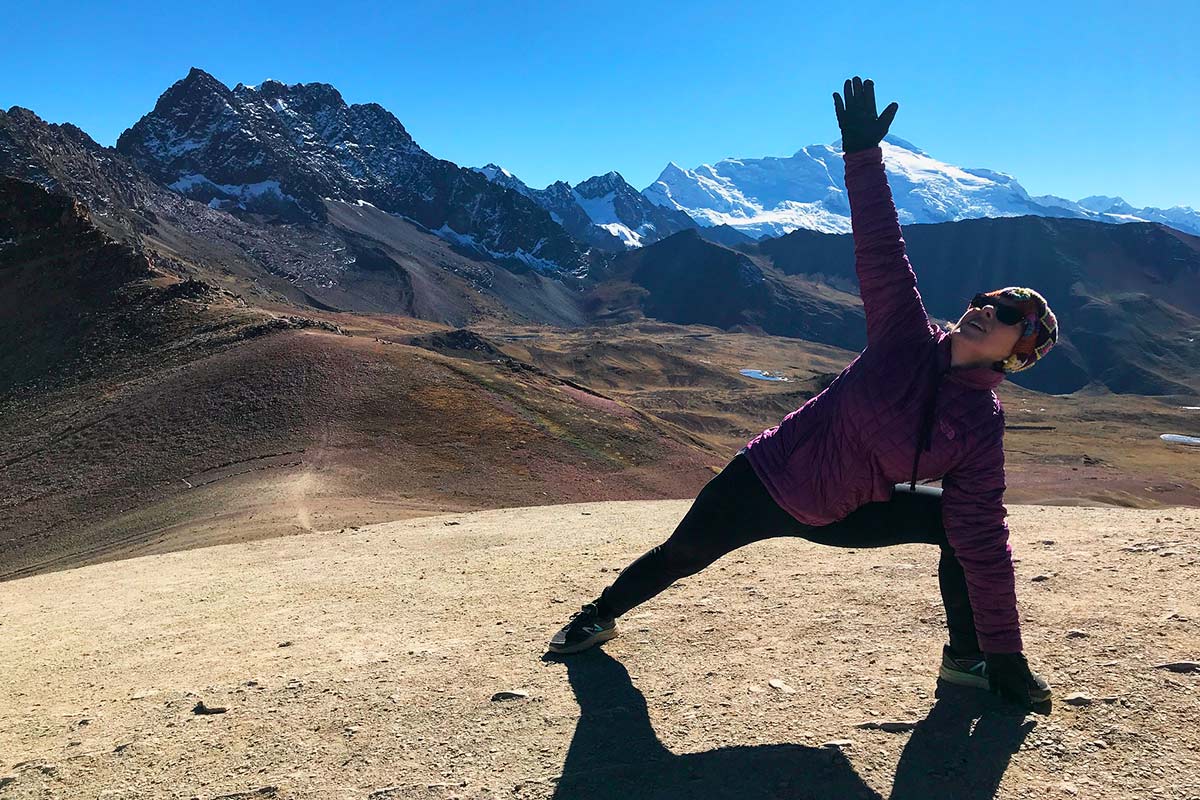
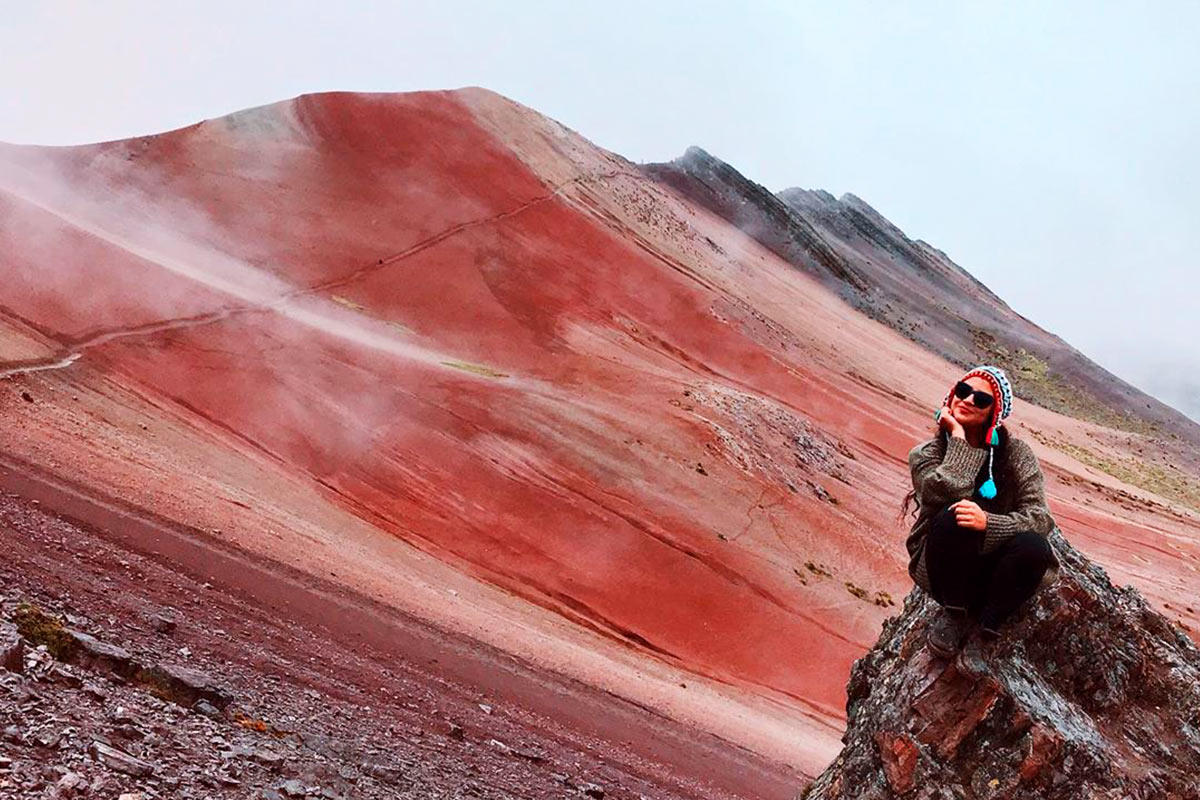
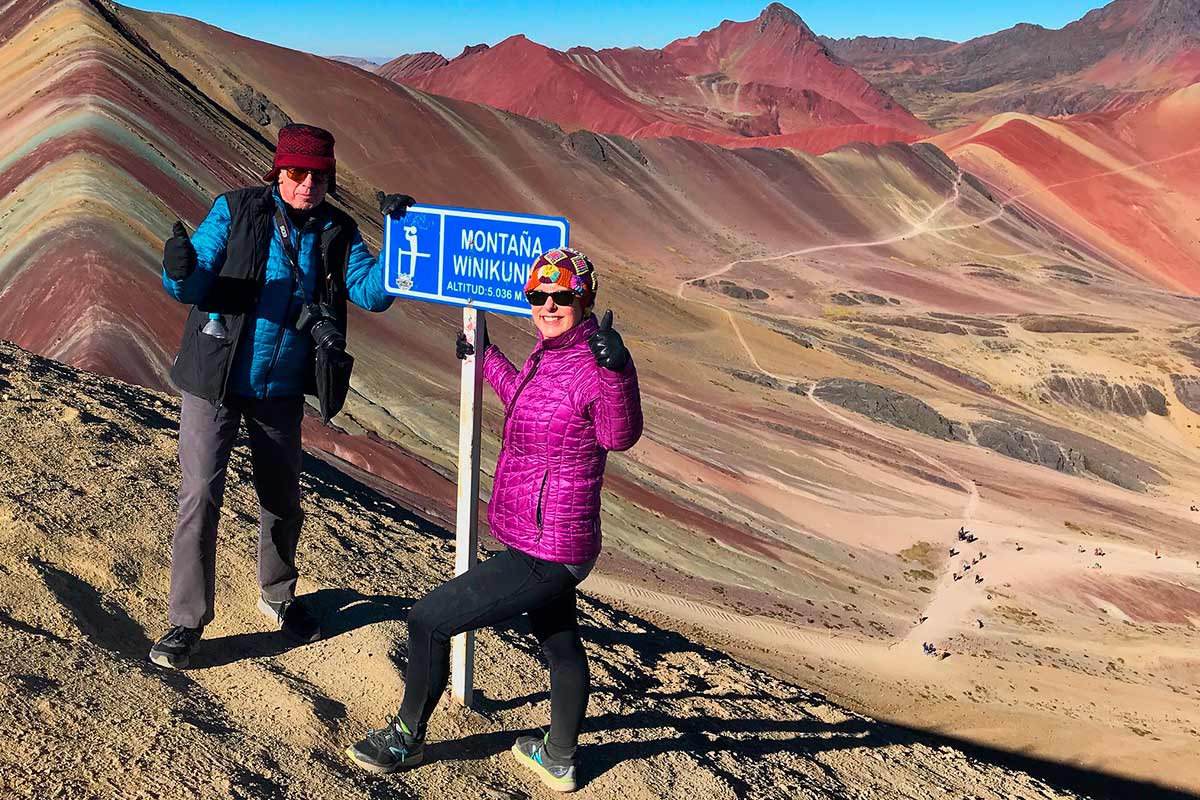

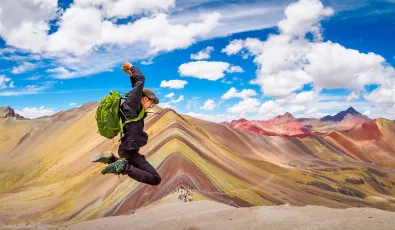

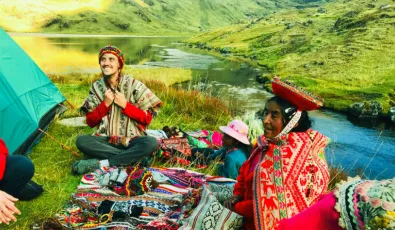
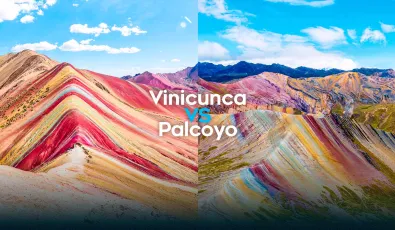
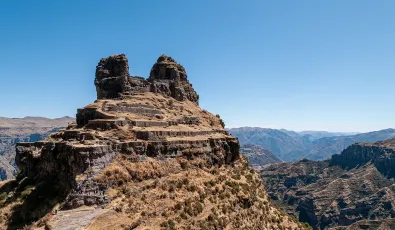

Add new comment